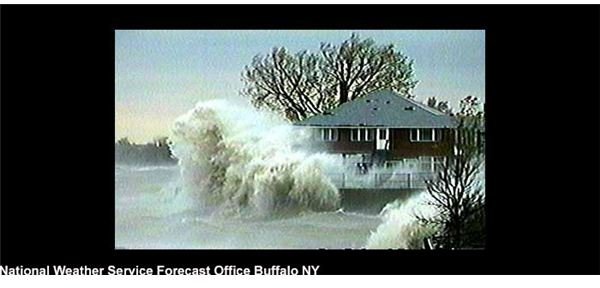Rogue Wave Implications and Role of Naval Architecture
Rogue Waves and Naval Architecture
You may be surprised to learn that modern naval architecture does not take into account the existence of monster waves, despite their frequently being the cause of shipping disasters.
To recall, throughout most of history, rogue waves were thought to be myths only.
When scientists grudgingly admitted to their existence, they also claimed that rogue waves rarely occurred. Even today, not enough data is being collected on them, such that the incidents of their appearance are still in dispute, with figures ranging from as low as ten a year to as high as one or two a week. This lack of consensus is based on limited observations, the use of data grid points that are approximately 15.5 miles apart, and calculations done using incorrect statistical methods. These assumptions on rogue wave frequency affect the way ships, offshore platforms, and coastal houses are designed and built.
For example, ships and platforms, in accordance with international standards, are typically built to withstand waves of no more than 15 meters or 49 to 50 feet from crest to trough. International strength standards also recommend that ships withstand a maximum pressure of 15 tons per square meter or 3,072 pounds per square foot. To give a sense of perspective, a rogue wave may manifest pressures that are 100 tons per square meter, which is 20,480 pounds per square foot. Not even ships 200 - 295 meters (656 - 956 feet) in length are built to withstand forces of this type.
For more information on modern day naval architecture, check out this Bright Hub article on risk based design.
The Future
The discovery of the frequent occurrence of rogue waves has led governments and non-profits to place more resources into their study.

The generation of proper mathematical models, numerical simulations, and the use of more satellites and sensors and other appropriate technology will help us understand monster waves better.
You may learn more on the subject by exploring the recommendations in the resources section. Additionally, do a Google search on “rogue wave”, “freak wave”, and “monster wave”. Use these same keywords on YouTube to find true-life accounts weathered by fortunate survivors. The number of incidents will astound - and dismay - you.
It is to be hoped that one day science will help to prevent future tragedies such as that endured by the men of the Andrea Gail, whose bravery will be remembered throughout the generations.
References
Elements of Oceanography by J. Michael McCormick and John Thiruvathukal
Monster Waves on LiveScience.com
Rogue Waves in the Ocean by Christian Karif, Efim Pelinovsky and Alexey Slunyaev
Image Credits
House near Lake Erie October 30 1996, National Weather Service Forecast Office in Buffalo from LiveScience.com
Grand Haven lighthouse during storm, taken November 10, 1975, the same day the Edmund Fitzgerald sank. Photographer: Carl TerHaar, courtesy of NOAA.
Resources
Bright Hub Article on the History and Evolution of Naval Architecture
LiveScience.com’s Gallery of Monster Waves
Perfect Storm Memorial (Scroll to 1991 to see the victims of the Andrea Gail tragedy)
